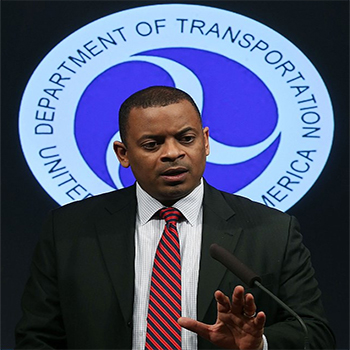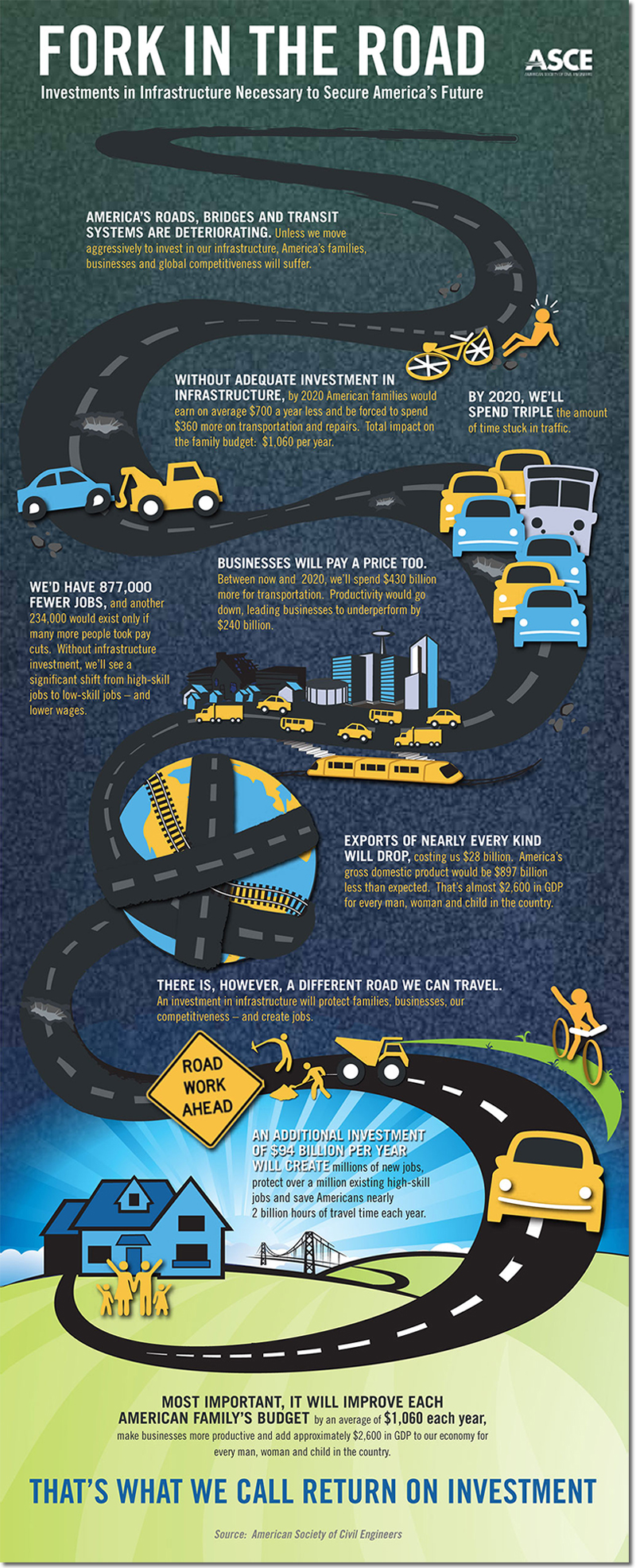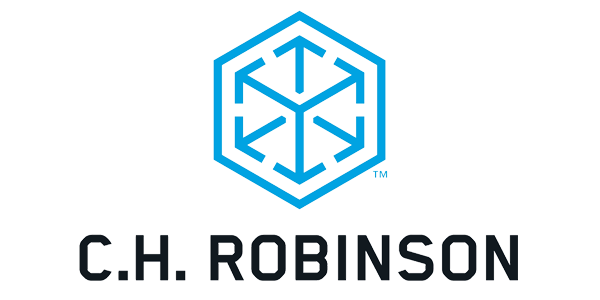White House Outlines Transportation Plan

Transportation Secretary Anthony Foxx speaks at the the Transportation Research Board annual meeting in Washington.
With the population explosion in the South and West expected to continue, while aging infrastructure requires a massive overhaul elsewhere, the Obama administration on Monday began to map out a 30-year framework to meet those needs.
“Our point is to say that if we don’t address these things, is there a cost? The answer is yes,” U.S. Transportation Secretary Anthony Foxx said in an interview Friday. “We keep thinking the transportation system is like a merry-go-round: You put a quarter in it and it goes around again. Well, it’s not.”
Foxx promised a comprehensive review of the demand for new or replacement systems a year ago in an address to the Transportation Research Board, a national organization of transportation experts. He returned Monday to roll out conclusions expected in a report later this year.
“Transportation is a system of systems,” Foxx said, rather than the aggregate of separate systems that can be addressed individually. “The idea that we’re looking at the system comprehensively is the thrust of this report.”
It is a system under stress, with a future undermined by indecision over funding on Capitol Hill. In moving beyond the financial challenges Congress must address this year, Foxx said he hopes to shift the focus of the discussion to what lies on the horizon.
He said the report, which will be followed by a formal comment period, is intended as the beginning of a conversation about the future rather than the conclusive definition of a path forward.
The report being drafted by the U.S. Department of Transportation draws in part on data that has been compiled in recent years by such groups as the Miller Center at the University of Virginia and the American Society of Civil Engineers.
The ASCE report concluded two years ago that it would take a $3.6 trillion investment by 2020 to meet infrastructure needs, about $1.6 trillion short of current spending. The Miller center said maintaining infrastructure at current levels required additional spending of $134 billion to $194 billion each year through 2035.
Is ASCE Failing to Tell America to Spend Wisely on Infrastructure?

In its infrastructure report card, the American Society of Civil Engineers emphasizes the need to spend more, but buries the message about spending wisely.
The topline grades: The country’s “GPA” has gone from a D four years ago to a D+; roads have gone from a D- to a D; transit has stayed steady at a D; and rail made the biggest leap, from a C- to a C+.
ASCE’s report card is much more influential than your typical Beltway policy paper. It gets cited at every Congressional hearing, political meeting, and think-tank conference about infrastructure and transportation. It is used to make the case for billions more in investment – indeed, according to ASCE, the country needs $3.6 trillion in infrastructure spending before 2020 to improve our overall grade to a B.
If you sift through ASCE’s interactive digital report, you’ll find a more nuanced message. But it’s the D grades and the gaudy dollar figures that make headlines. Look at the section about road conditions, and you’ll see ASCE declaring that 42 percent of major urban highways are congested, costing the economy $101 billion in wasted time and fuel annually. This is the message that lawmakers trumpet when pushing for more highway money.
Foxx acknowledged that coming up with a new source of funding for the depleted federal Highway Trust Fund is critical, but he said the broader question of how best to spend the money requires greater scrutiny.
“The report will answer the argument that not addressing the pay-for is free. It’s not,” Foxx said. “But we’re trying to free our 30-year plan from our policymaking.”
The report will outline the challenge of rapid population growth, particularly the need for infrastructure expansion in the South and West, while meeting demand for replacing roads, bridges and other critical systems in the aging Northeast and Midwest.
“We’re going to have this huge influx of citizens, and a lot of that growth is going to happen in the South and West,” said Peter Rogoff, the Department of Transportation’s undersecretary for policy, describing a taffy-pull for scarce resources. “There’s a natural tension.”
What’s more, Foxx said, those rapid-growth regions often have fewer transit options than big cities elsewhere.
“The big question for transit is how many fast-growing communities are going to go for it,” he said. “It’s amazing what gridlock will do to change your view.”
Beyond those needs for expansion and repair, however, the report will address the trends and technology projected to transform the transportation landscape.
The increasing number of people living in urban centers instead of suburbs may put a higher demand on transit, pedestrian and bicycle infrastructure.
“What people are viewing as this cute, cuddly bike and pedestrian movement could be a real game changer,” Foxx said.
With shopping shifting from retail to online ordering, getting packages delivered on time could influence the traffic congestion issue that plagues major urban centers.
If the United States moves toward becoming an exporter of natural gas, a shortage of pipelines will stress rail systems. The development of remote-pay systems by cellphone or E-ZPass may change the way people pay for transportation.
With autonomous cars and, perhaps, trucks, on the horizon, daily travel may change profoundly in the next two decades.
“It’s fascinating to think about the ways technology is going to change the system,” Foxx said.
Related: What Do Recent Hours-of-Service Changes Mean for Transportation in 2015?

Article Topics
C.H. Robinson News & Resources
Q&A: Mike Burkhart on the Recent Nearshoring Push Into Mexico Q&A: Mike Burkhart, VP of Mexico, C.H. Robinson C.H. Robinson introduces new touchless appointments technology offering C.H. Robinson President & CEO Bozeman provides overview of key logistics trends and themes at SMC3 JumpStart 2024 C.H. Robinson touts its progress on eBOL adoption by LTL carriers and shippers Retailers Pivot Supply Chain Strategy, Seek Red Sea Alternatives C.H. Robinson announces executive hire to run new Program Management Office More C.H. RobinsonLatest in Business
Ranking the Top 20 Women in Supply Chain Microsoft Unveils New AI Innovations For Warehouses Let’s Spend Five Minutes Talking About ... Malaysia TIm Cook Says Apple Plans to Increase Investments in Vietnam Amazon Logistics’ Growth Shakes Up Shipping Industry in 2023 Spotlight Startup: Cart.com is Reimagining Logistics Walmart and Swisslog Expand Partnership with New Texas Facility More Business












